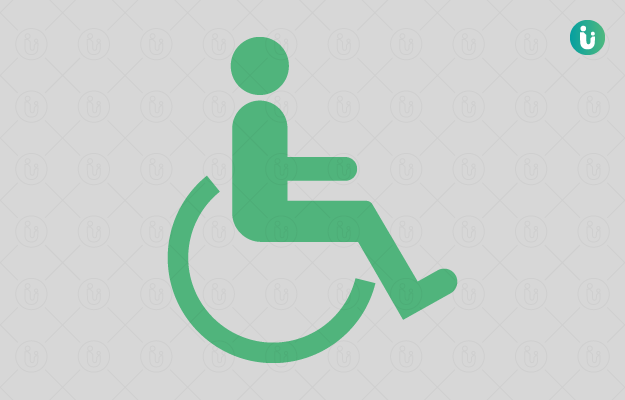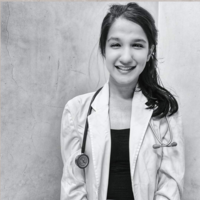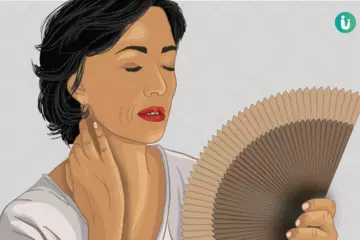Physical disabilities are health conditions that impair an individual’s functioning, stamina, mobility or dexterity. As per WHO estimates, approximately 1 billion people in the world experience disability.
There are various types of physical disabilities, with each having different causes and the manner in which they affect daily living. Some people are affected with a disability from birth while for some, it is acquired because of an accident, injury or illness.
A person with a physical disability may find it challenging to perform daily tasks or may even require assistance. Management and improvement in physical disability depend on the condition. However, in the case of progressive conditions, an effort is directed towards preventing instability or worsening of the condition.

 Doctors for Physical Disability
Doctors for Physical Disability  OTC Medicines for Physical Disability
OTC Medicines for Physical Disability
















































